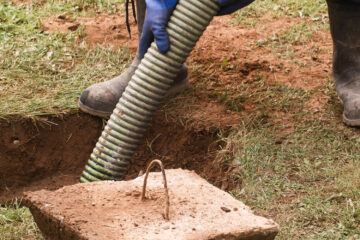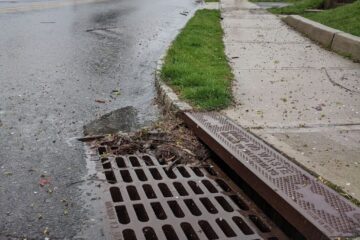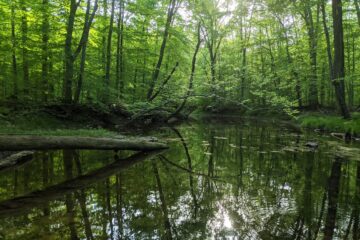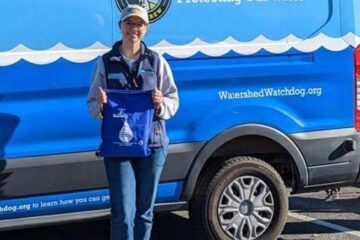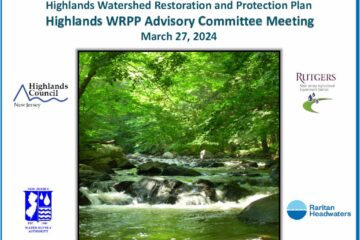Site Description
Site ID: RC15
Readington Township (Whitehouse Station), Hunterdon County
Stream Category: FW2-TM (Category 2, Trout maintenance waters)
Site monitors Rockaway Creek South Branch subwatershed (HUC: 02030105050100)
The site is located at the end of Nelson Street on New Jersey Water Supply Authority (NJWSA) property; please contact NJSWA before accessing this site.
What is being monitored at this site?
- Biological and Visual Assessments (?)
- Chemical Testing (?)
- Bacteria Monitoring

